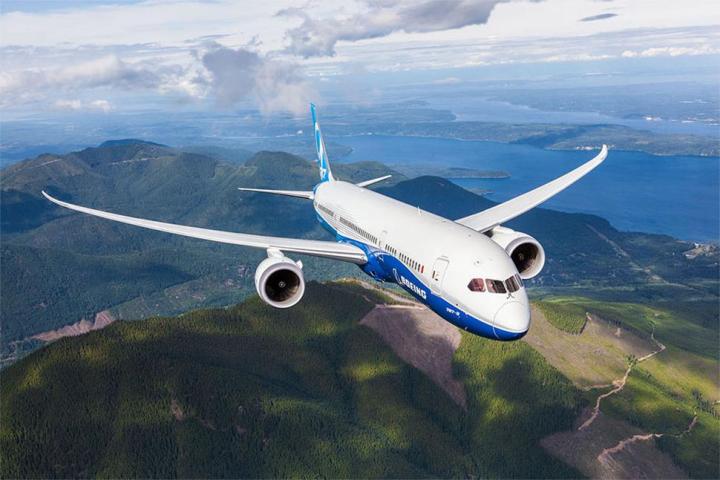

According to a patent application filed by Boeing and found by AeroPatent, the aircraft manufacturer is exploring the possibility of using a 3D-printed plastic ice to simulate icing on a plane. The material can print in different shapes that fit on a plane’s wings, flaps and the engine just like real ice. The amount of ice that is formed can be controlled with precision, allowing researchers to monitor changes in the plane’s aerodynamics and test the aircraft’s de-icing capabilities. The material also can be printed according to FAA icing certification requirements so any testing with the material will receive FAA approval.
Each ice piece can be printed in a testing facility and applied using a double-sided adhesive foam that allows for the removal and placement of a variety of different shapes depending on the testing conditions. Because they are 3D printed, these 3D forms can be designed and applied in a short amount or time and with minimal damage to the aircraft.
This 3D-printed technique offers a significant improvement over existing testing protocols that require a plane to be outfitted with artificial ice shapes comprised of fiberglass resin that are bolted to the aircraft chassis. These synthetic ice components are tedious to make and often damage the test plane to which they are applied. In conventional fiberglass tests, the demo aircraft is rendered unusable, adding to the overall cost of research and development.
Editors' Recommendations
- 3D printed cheesecake? Inside the culinary quest to make a Star Trek food replicator
- AMD’s revolutionary 3D V-Cache chip could launch very soon
- Fighting football injuries with 3D-printed, hyper-personalized pads
- Need a last-minute Halloween costume? Check out these 3D-printable getups
- NASA is testing a 3D printer that uses moon dust to print in space




